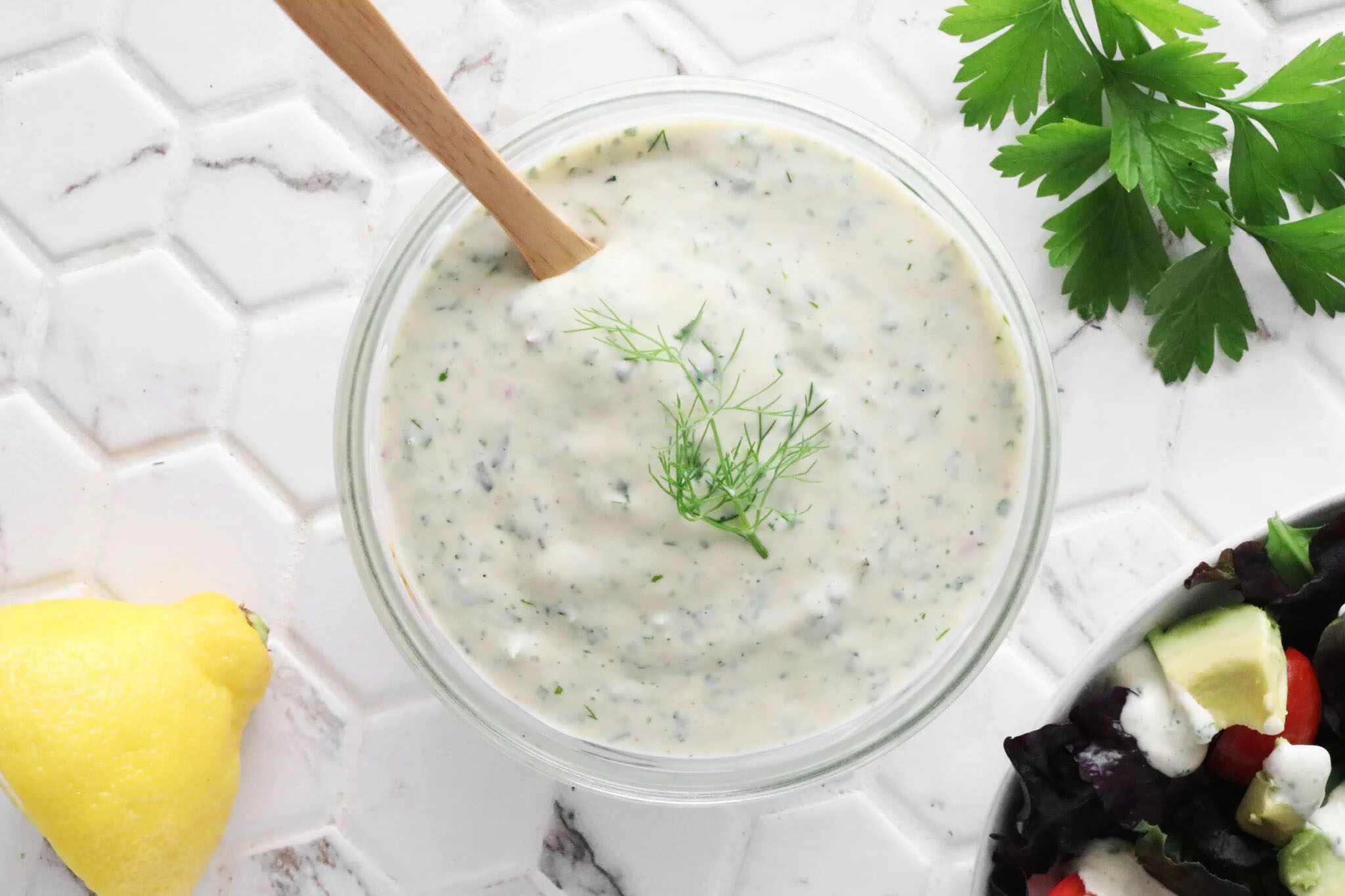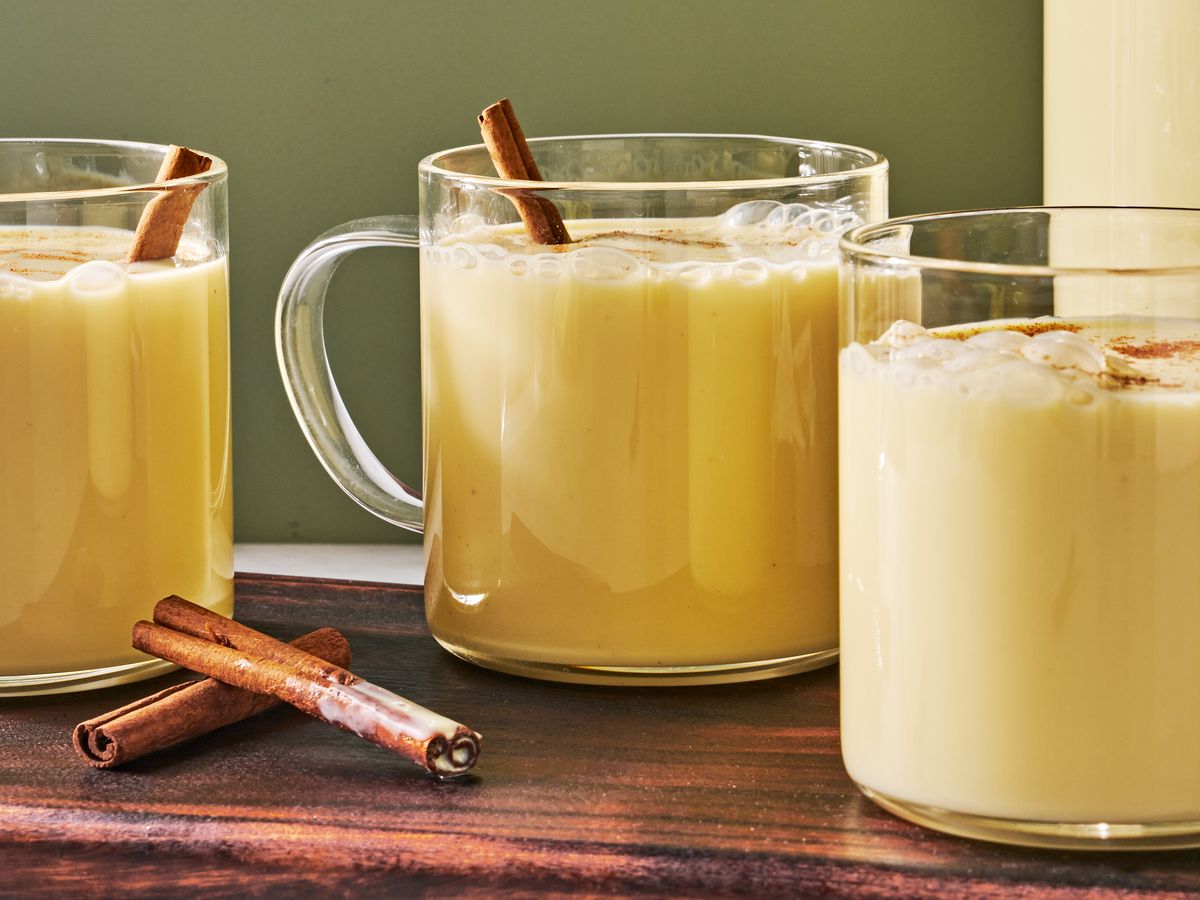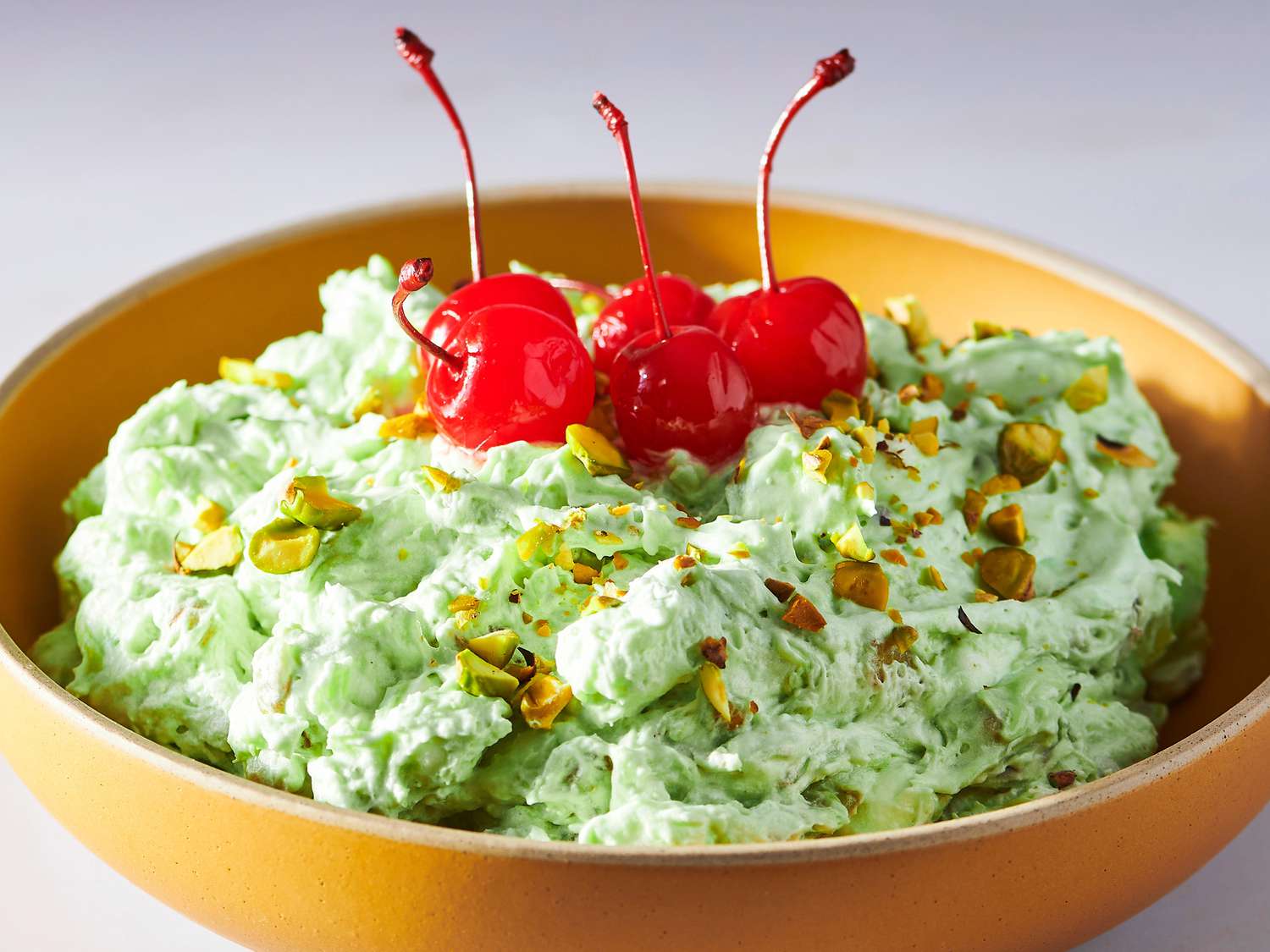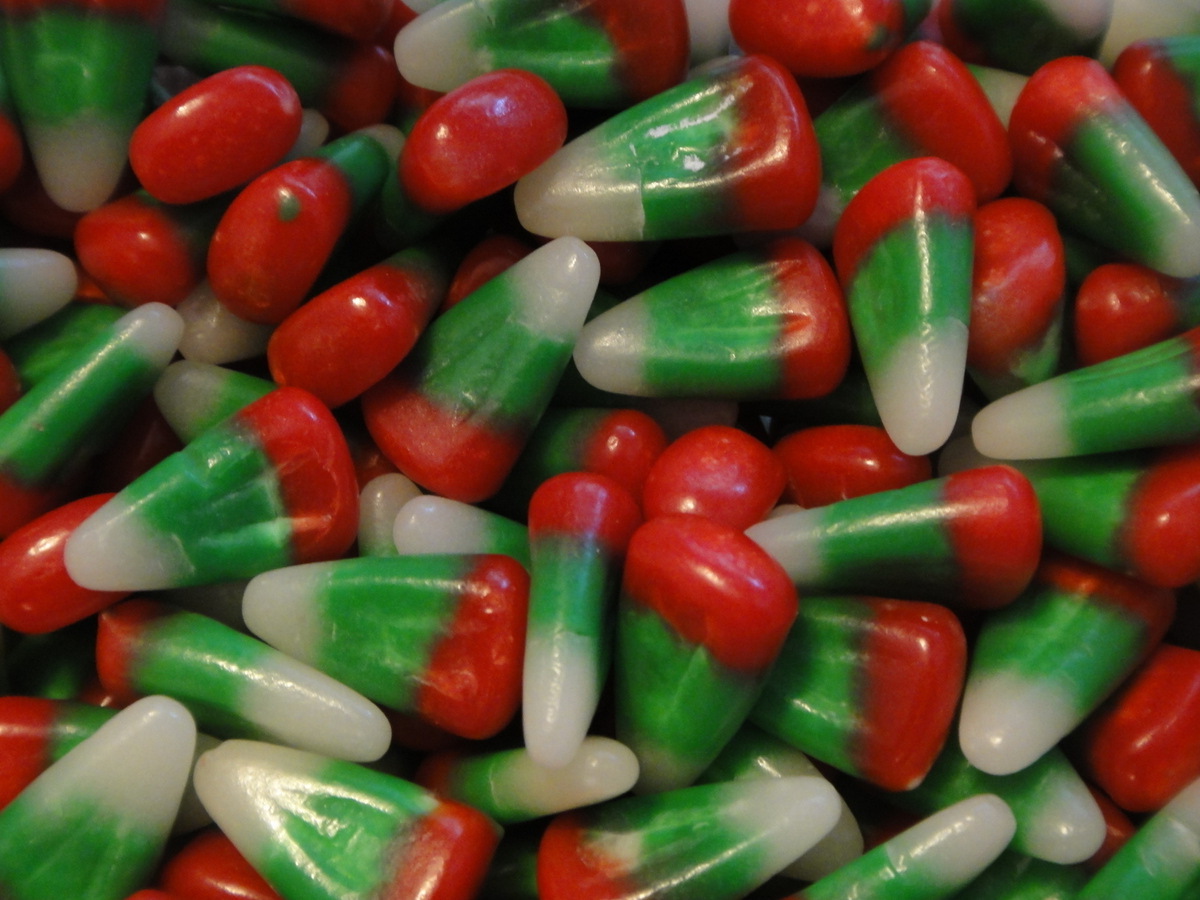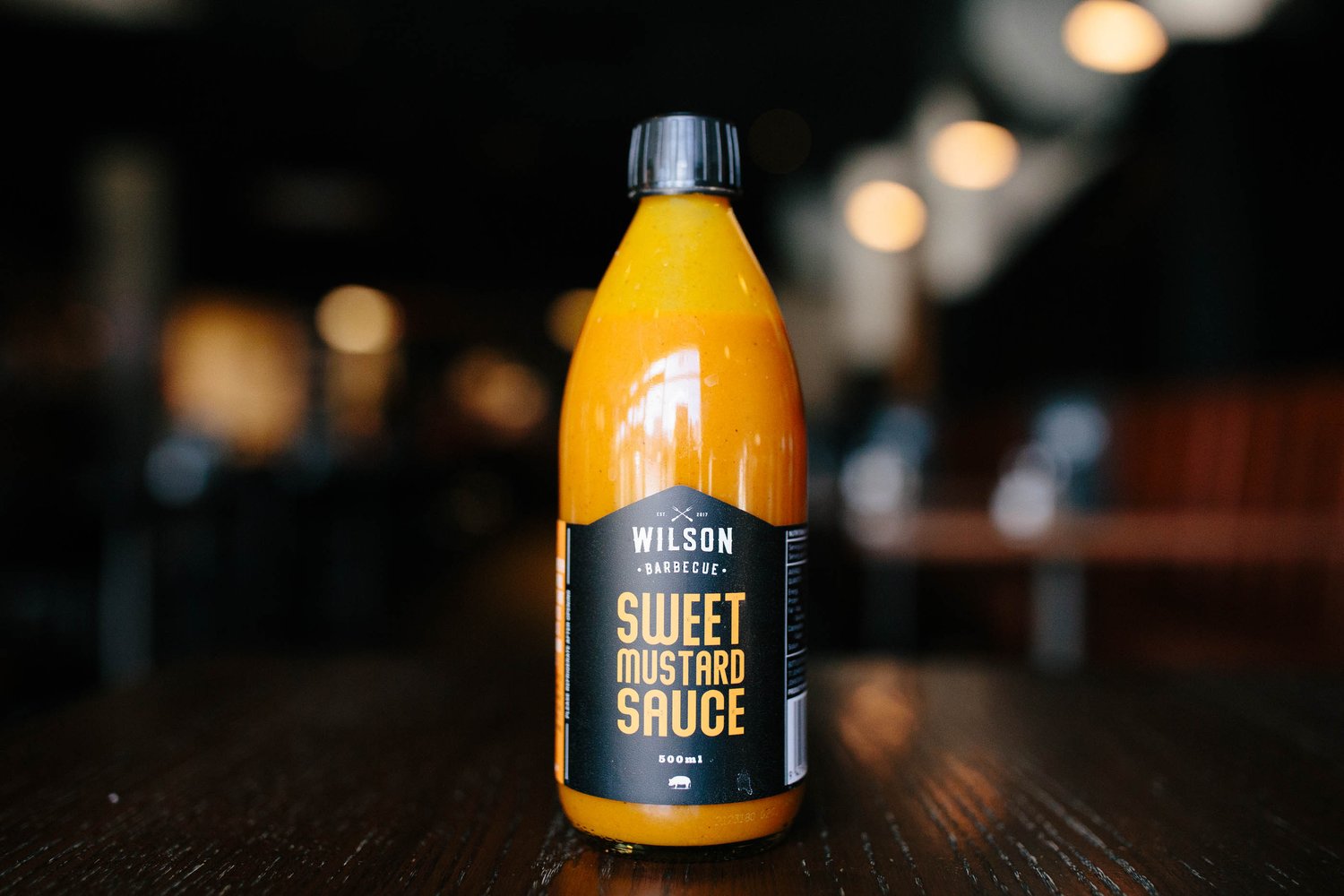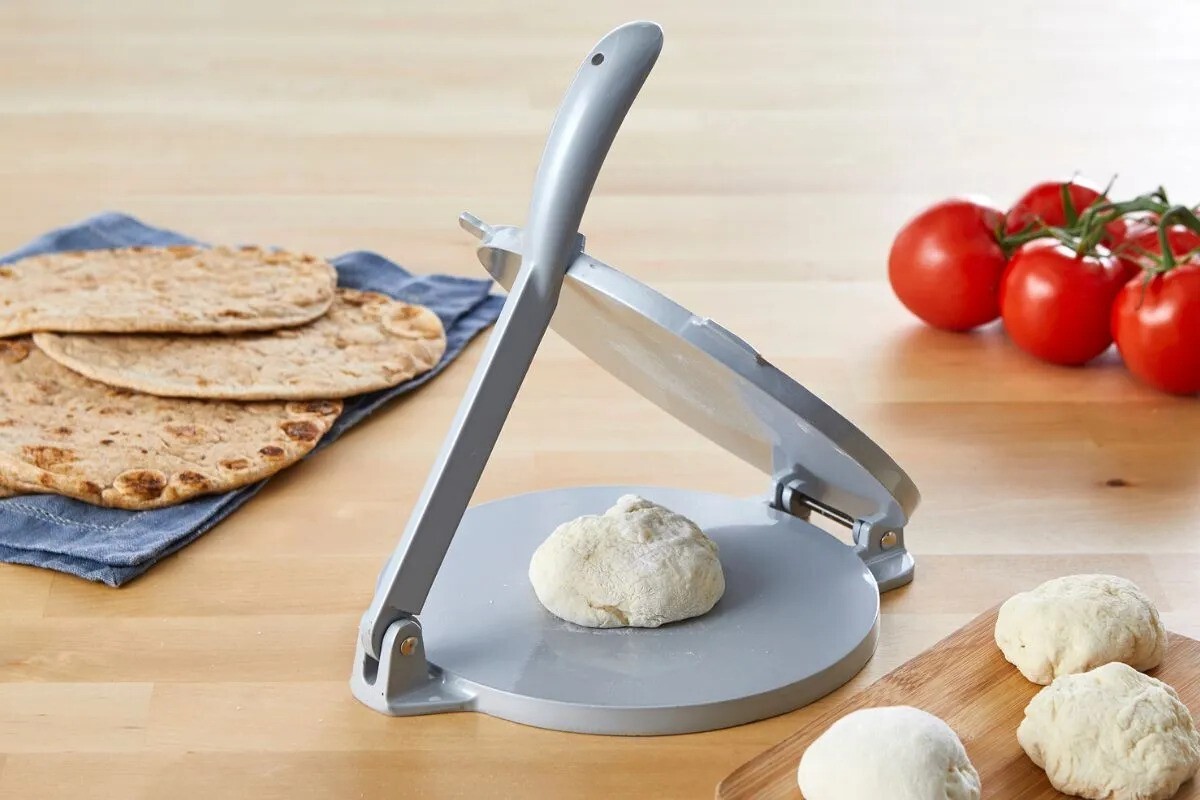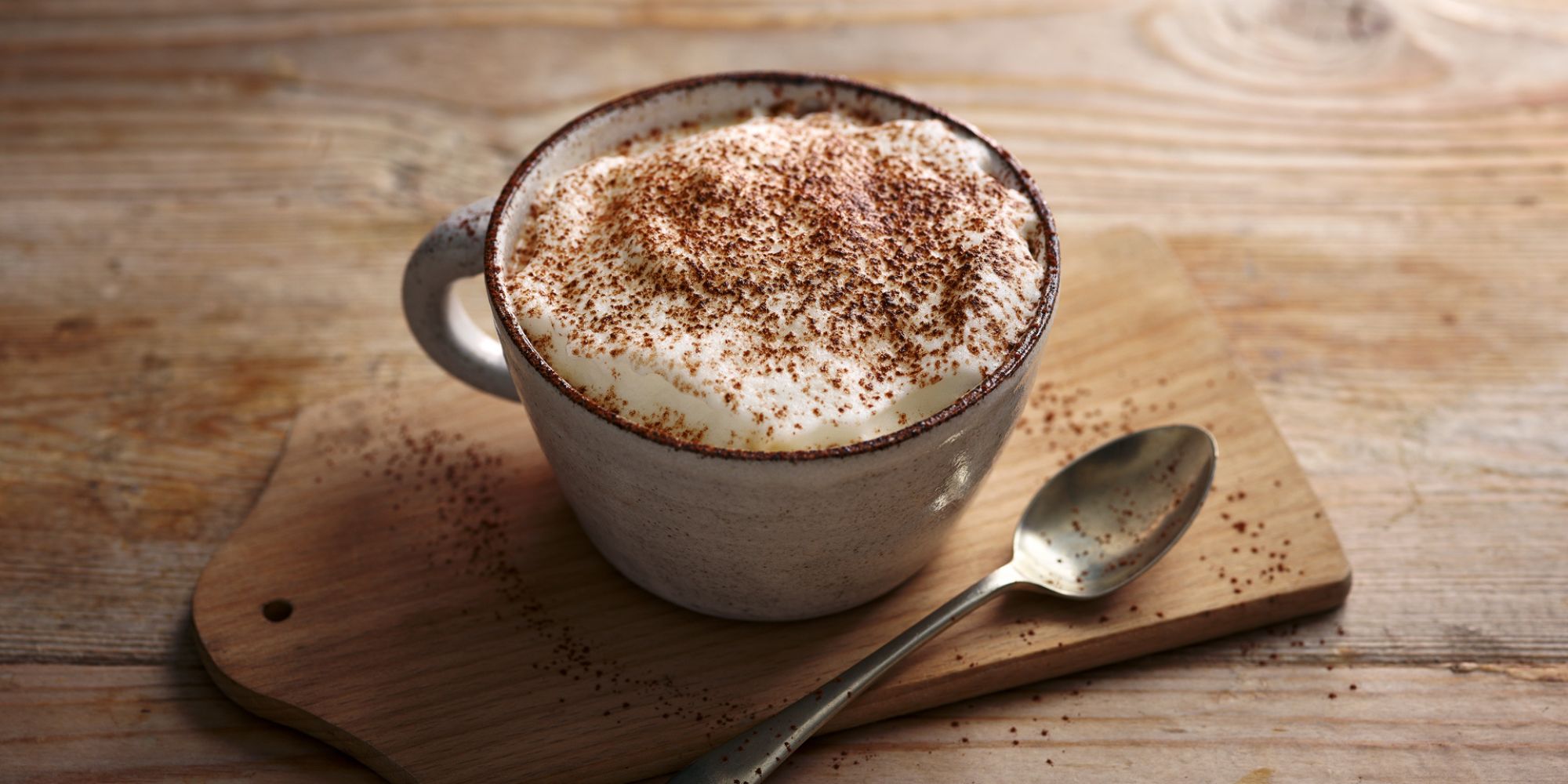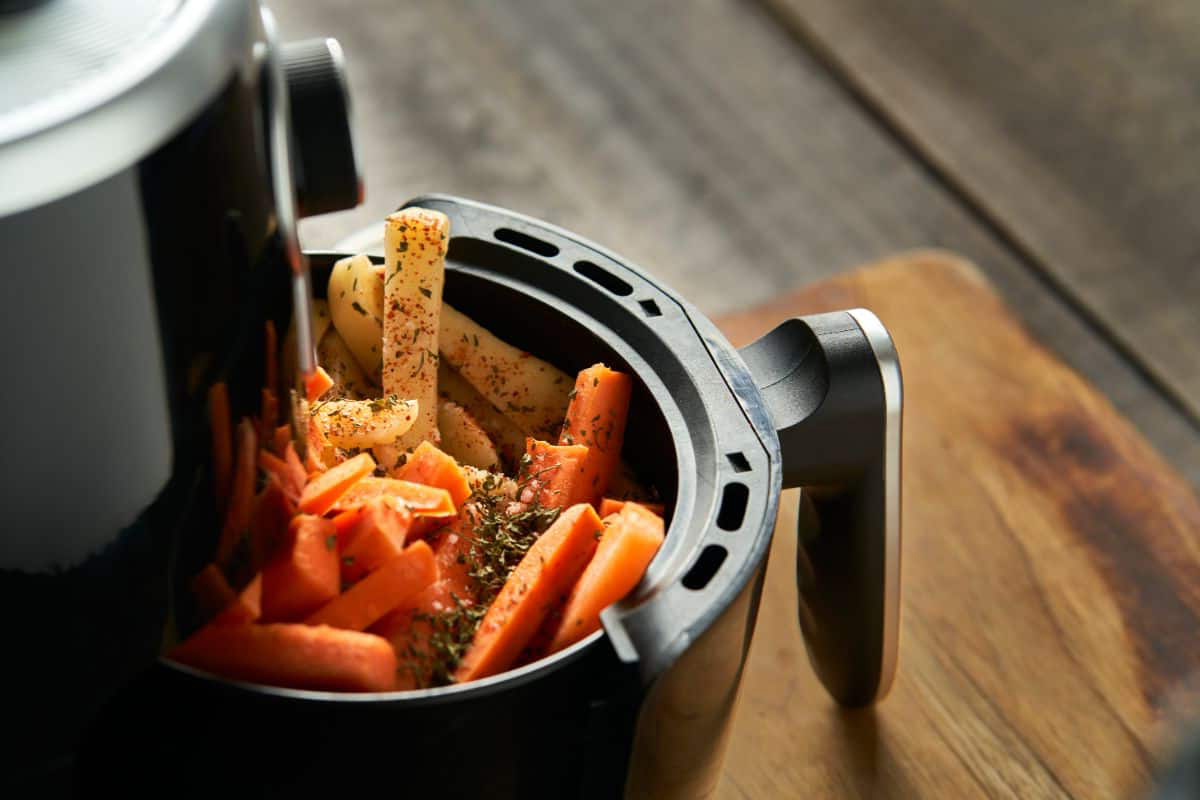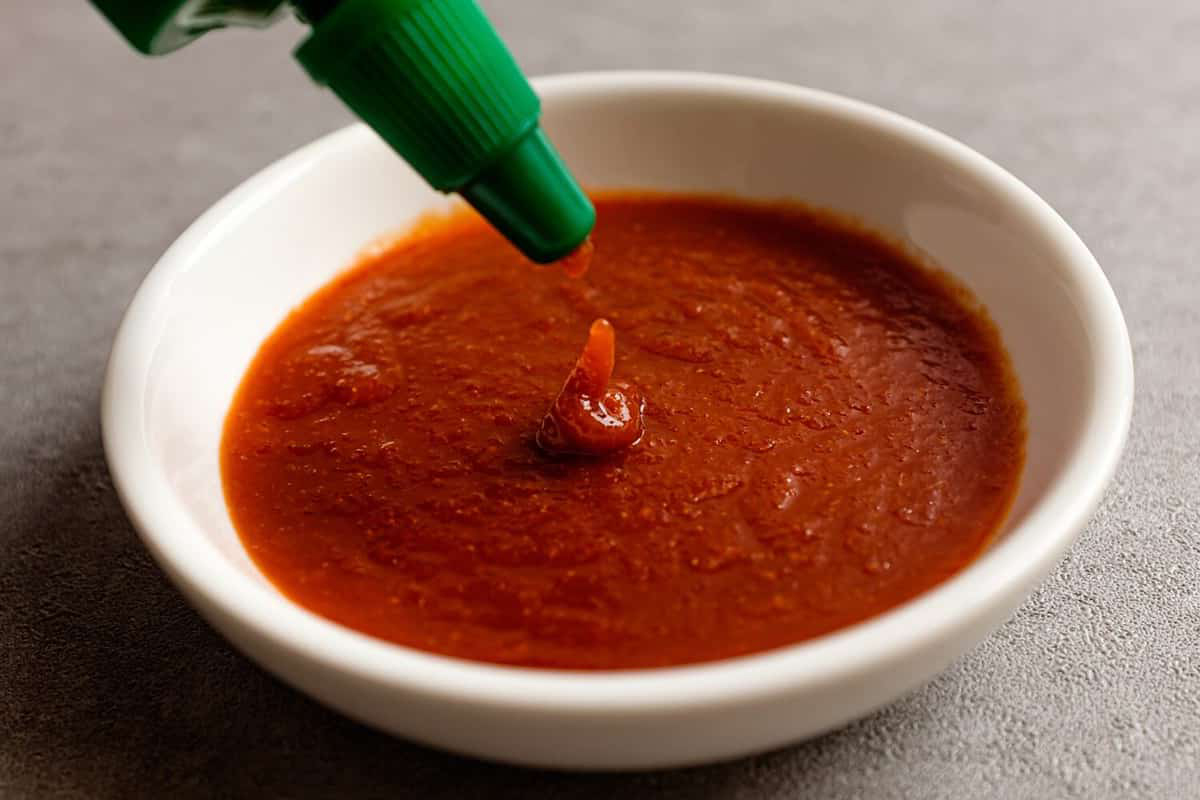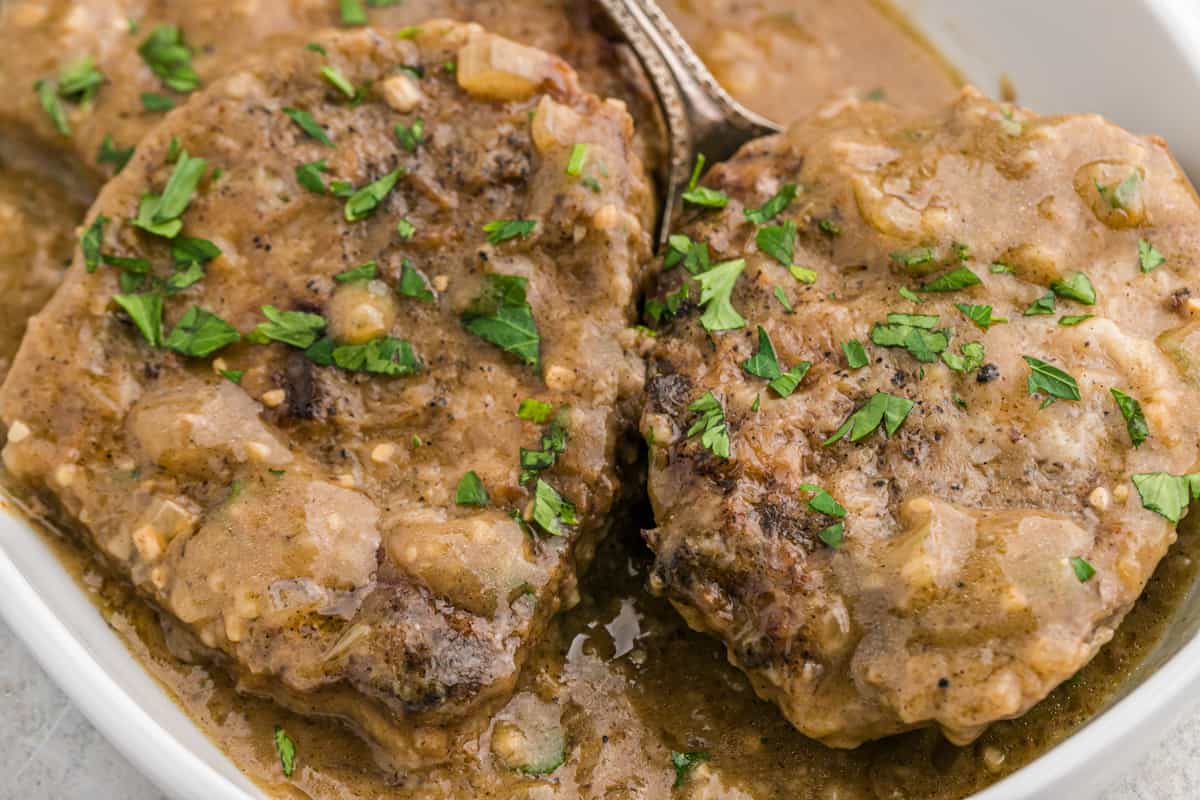The Best Thickness for Steak: A Guide to Perfectly Cooked Meat
When it comes to cooking the perfect steak, the thickness of the cut plays a crucial role in determining the final outcome. Whether you prefer your steak rare, medium-rare, or well-done, choosing the right thickness is essential for achieving the ideal level of doneness and tenderness. In this guide, we’ll explore the best thickness for steak and how it can impact your cooking results.
Factors to Consider
Before we delve into the ideal thickness for steak, it’s important to consider a few key factors that can influence your decision:
- Preferred Level of Doneness: The thickness of the steak can affect how evenly it cooks, which in turn impacts the final doneness.
- Cooking Method: Different cooking methods, such as grilling, pan-searing, or broiling, may require varying thicknesses to achieve the desired results.
- Cut of Steak: Certain cuts, such as ribeye or filet mignon, may lend themselves better to specific thicknesses for optimal flavor and texture.
Choosing the Right Thickness
While personal preference certainly plays a role in determining the best thickness for steak, there are some general guidelines to keep in mind:
1. Standard Thickness
For most cooking methods, a steak that is around 1 inch thick is a safe bet. This thickness allows for relatively quick and even cooking, making it suitable for a wide range of doneness levels.
2. Thicker Cuts
If you prefer your steak on the rarer side or enjoy a more substantial, juicy texture, opting for a 1.5 to 2-inch thick cut may be ideal. Thicker steaks require longer cooking times but can result in a beautifully charred exterior and a perfectly pink center.
3. Thin Cuts
Conversely, thinner steaks, typically 1/2 to 3/4 inch thick, are well-suited for quick, high-heat cooking methods like pan-searing. These cuts are best for those who prefer their steak more well-done or prefer a faster cooking time.
Cooking Tips for Different Thicknesses
Once you’ve selected the ideal thickness for your steak, consider the following tips for achieving the best results:
1. Standard Thickness (1 inch)
- Preheat your grill or pan to medium-high heat.
- Cook the steak for approximately 4-5 minutes per side for medium-rare doneness.
- Allow the steak to rest for a few minutes before slicing to retain its juices.
2. Thicker Cuts (1.5 to 2 inches)
- Use a two-zone grilling method to sear the steak over high heat and then finish cooking over lower heat.
- For a medium-rare result, aim for 6-7 minutes per side, adjusting as needed based on your grill’s temperature.
- Consider using a meat thermometer to ensure the steak reaches your desired internal temperature.
3. Thin Cuts (1/2 to 3/4 inch)
- Heat your pan over high heat and cook the steak for 2-3 minutes per side for a medium to well-done finish.
- Keep a close eye on thin cuts to prevent overcooking, as they can quickly go from pink to well-done.
- Consider using a marinade or dry rub to enhance the flavor of thinner steaks.
Conclusion
Ultimately, the best thickness for steak depends on your personal preferences, cooking method, and desired level of doneness. By considering these factors and following the recommended guidelines, you can ensure that your steak turns out perfectly cooked and full of flavor every time.
Experiment with different thicknesses and cooking techniques to find the perfect balance that suits your taste, and don’t be afraid to try new cuts and methods to elevate your steak-cooking skills.
Was this page helpful?
Read Next: What Is Shrimp?
